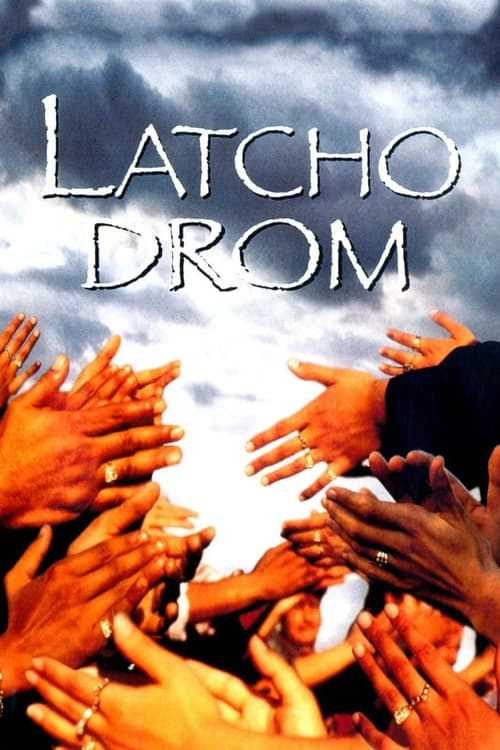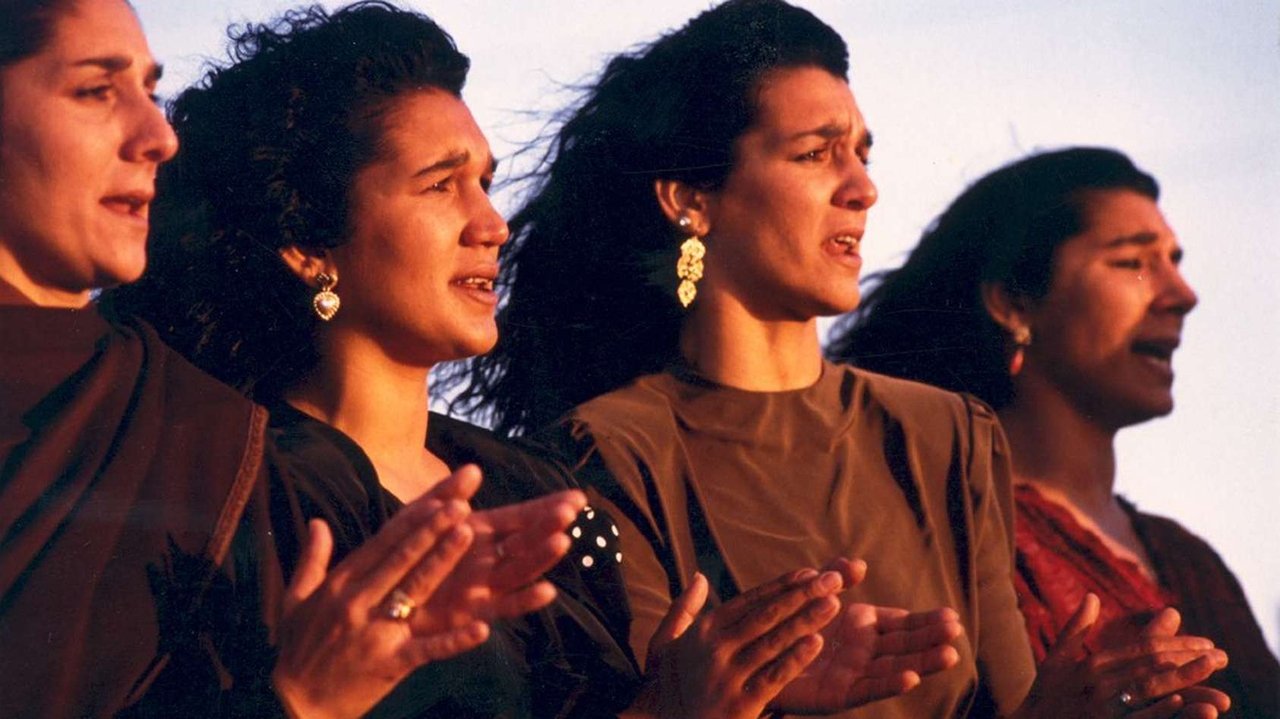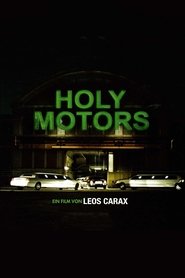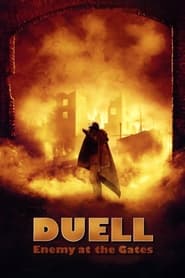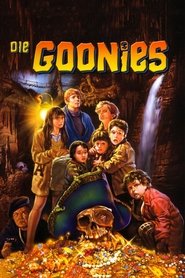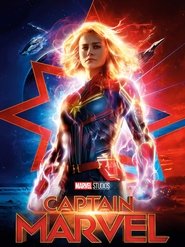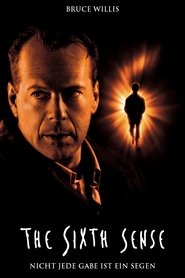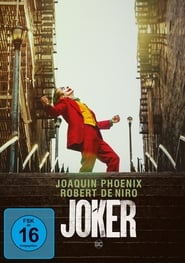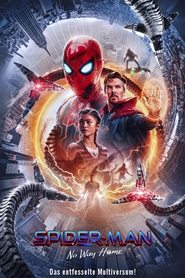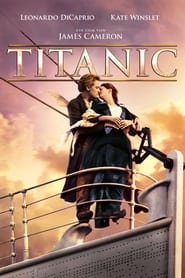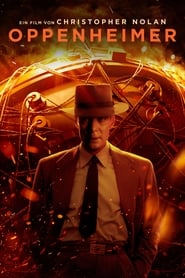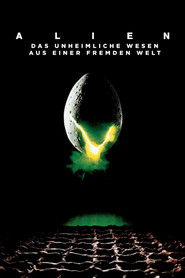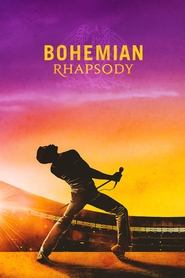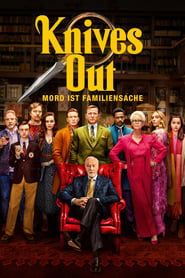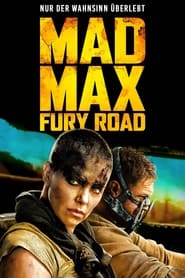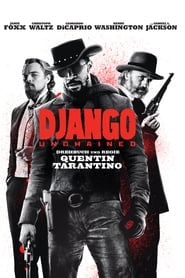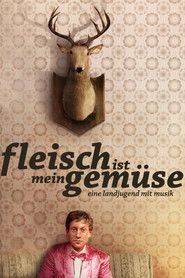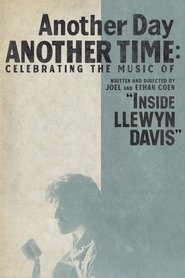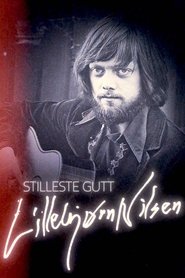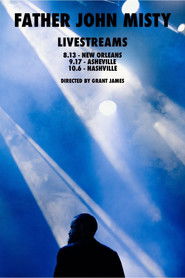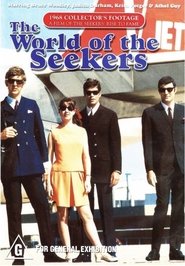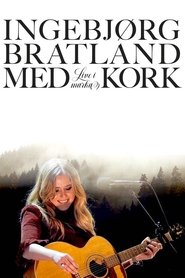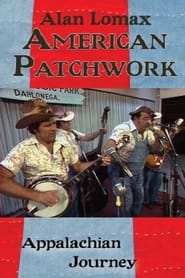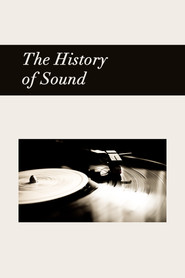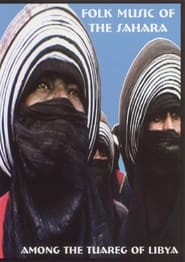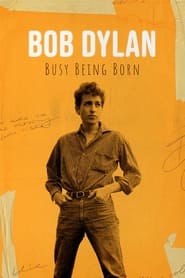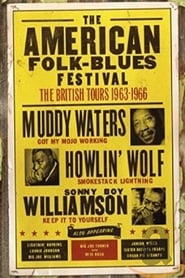Beliebtheit:
Erscheinungsdatum:
Laufzeit:
Produktionsländer:
Kurzübersicht:
Der Film thematisiert die Migration der Zigeuner und spezieller der Roma von Indien bis nach Nordafrika und Europa. Latcho Drom ist ein Ausdruck auf Romani und bedeutet so viel wie „Gute Reise“. Der Film verzichtet vollständig auf Dialoge oder schauspielerische Darbietungen. Einzige Stilmittel sind die Musik der Roma und ihre Ausprägungen, die diese Musik in den jeweiligen Ländern erfahren hat, in denen einzelne Romastämme sesshaft geworden sind. Die Darsteller sind allesamt professionelle oder Laienmusiker.
Dieser Film ist 1993 produziert worden. Latcho Drom ist den Genres Musik und Dokumentarfilm einzuordnen. Dieser Film ist produziert worden von . Produziert worden ist in France. Im Regal findet man Latcho Drom zwischen Fleisch ist mein Gemüse (2008), Wirklich alles?! (2002), The Albion Band (1979), Comitiva Esperança, Retying the Knot: The Incredible String Band (1997), Another Day, Another Time: Celebrating the Music of 'Inside Llewyn Davis' (2013), Stilleste gutt – Lillebjørn Nilsens egen historie (2022), Father John Misty - Live from The Ryman (2022), The World of the Seekers (1968), Ingebjørg Bratland og KORK – Live i marka (2024), Nightsong (1964), Appalachian Journey (1991), The History of Sound, Ритам и звук (1955), Nat Pwe: Burma's Carnival of Spirit Soul (2004), Jemaa El Fna: Morocco's Rendezvous of the Dead (2004), Folk Music of the Sahara: Among the Tuareg of Libya (2004), Bob Dylan: Busy Being Born (2020), The American Folk Blues Festival: The British Tours 1963-1966 (2007) und American Folk-Blues Festival: The Blues and Gospel Train (1964). Produzent von den Film ist Michèle Ray-Gavras. Tony Gatlif ist Regisseur von Latcho Drom. Das Drehbuch von den Film stammt aus der Feder von Tony Gatlif. Zu sehen sind in dem Film zum Beispiel .
